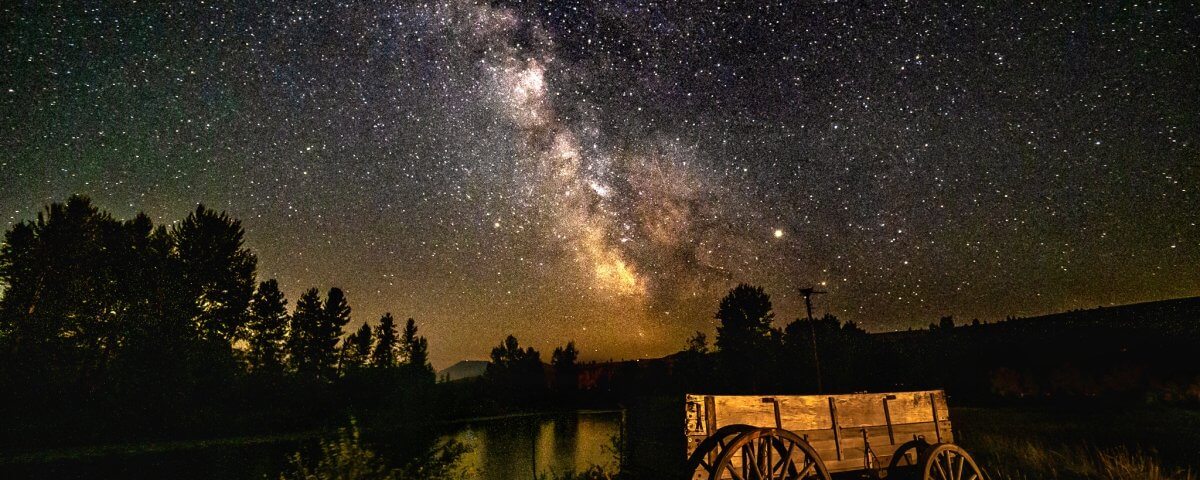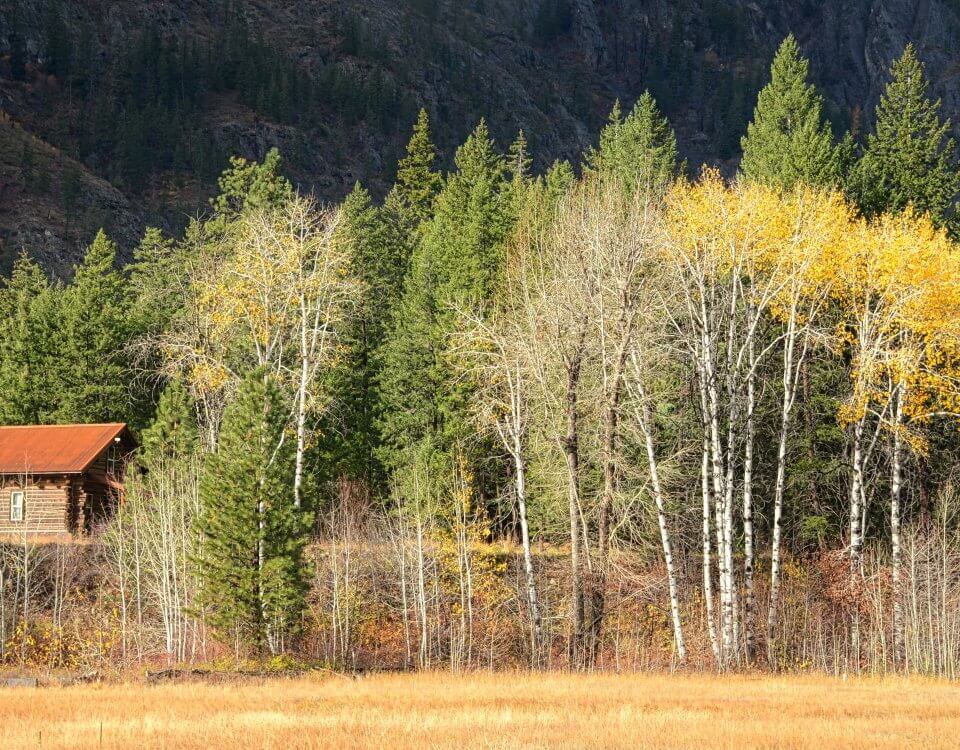What can I find in a dark Methow sky?

How do we prepare for the heat (and the smoke)?
July 20, 2023
Could that light be a bit less bright?
July 25, 2023by Dean Kurath chair of Methow Dark Sky Coalition Steering Committee. Methow Dark Sky Coalition is a program of the Methow Valley Citizens Council.
As we move toward the end of summer the nights become longer and star gazing opportunities increase. We can often expect clear skies and relatively warm weather through the end of the summer so we encourage you to get out and enjoy the night sky. Washington is fortunate to have some of the darkest skies in the state and the country.
You can find current night sky viewing information at the bottom of the Methow Dark Sky Coalition home page. There is a “plan your trip” section where you can find information on suggested locations, a local light pollution map, viewing conditions, aurora forecasts, and NASA sky watching tips. There is also a podcast/Youtube video from Sky and Telescope discussing the night sky for the current month.
While the moon is an object worthy of viewing, its light can also overwhelm faint objects. There will be 2 full moons in August, the Sturgeon moon on August 1 and the Blue moon on August 30. Both of these will be Supermoons meaning that they occur near the perigee (closest to earth) of the moons orbit and will appear slightly larger and brighter. The best viewing conditions for observing faint objects will be around the new moon on Aug 16.
The Perseid meteor shower is one of the best meteor showers of the year in the Northern Hemisphere. The shower builds gradually during August to a peak on Aug 12-13, often producing 50 to 100 meteors per hour in a dark sky. The Perseids tend to strengthen in number as late night deepens into midnight, and typically produce the most meteors in the wee hours before dawn. They appear to radiate from a point in the constellation Perseus the Hero, but the meteors appear in all parts of the sky. They are typically fast, bright meteors which frequently leave persistent trains. The conditions for viewing the Perseid meteor shower will be nearly ideal this year because the moon will not rise until about 4:00 am (no moon light to interfere).
Saturn is the only planet readily visible in August. It rises at sunset and remains out all night. It will appear as a pale yellow star in the constellation Aquarius which will be in the south east as it gets dark. Saturn will be the brightest of the year at magnitude +0.4. That’s about as bright as a moderately bright star such as you might see in the Big Dipper.
Summer is a great time for viewing the Milky Way galaxy. Looking to the south in the constellation Sagittarius (aka the Teapot) you can see the area with the galactic core. This will appear as a diffuse faint glow. The best viewing will be after the end of astronomical twilight (about 11:30 pm). It is helpful to check out a photo (see above) before you head out and/or download a map with a southern view of the sky. While much of the core is shrouded in gas and dust it is awe inspiring to think about the super massive black hole at the center, estimated to be more than 4 million times the mass of our sun.
There are a number of useful apps available to enhance your night sky viewing session. The “Sky Tonight” or “Star Walk 2” apps will help you identify constellations and other objects in the night sky. The Aurora app will provide up to date information on the possibility of seeing the northern lights. Don’t forget your binoculars or telescope if you have these!
Photo: Paul Pigott


